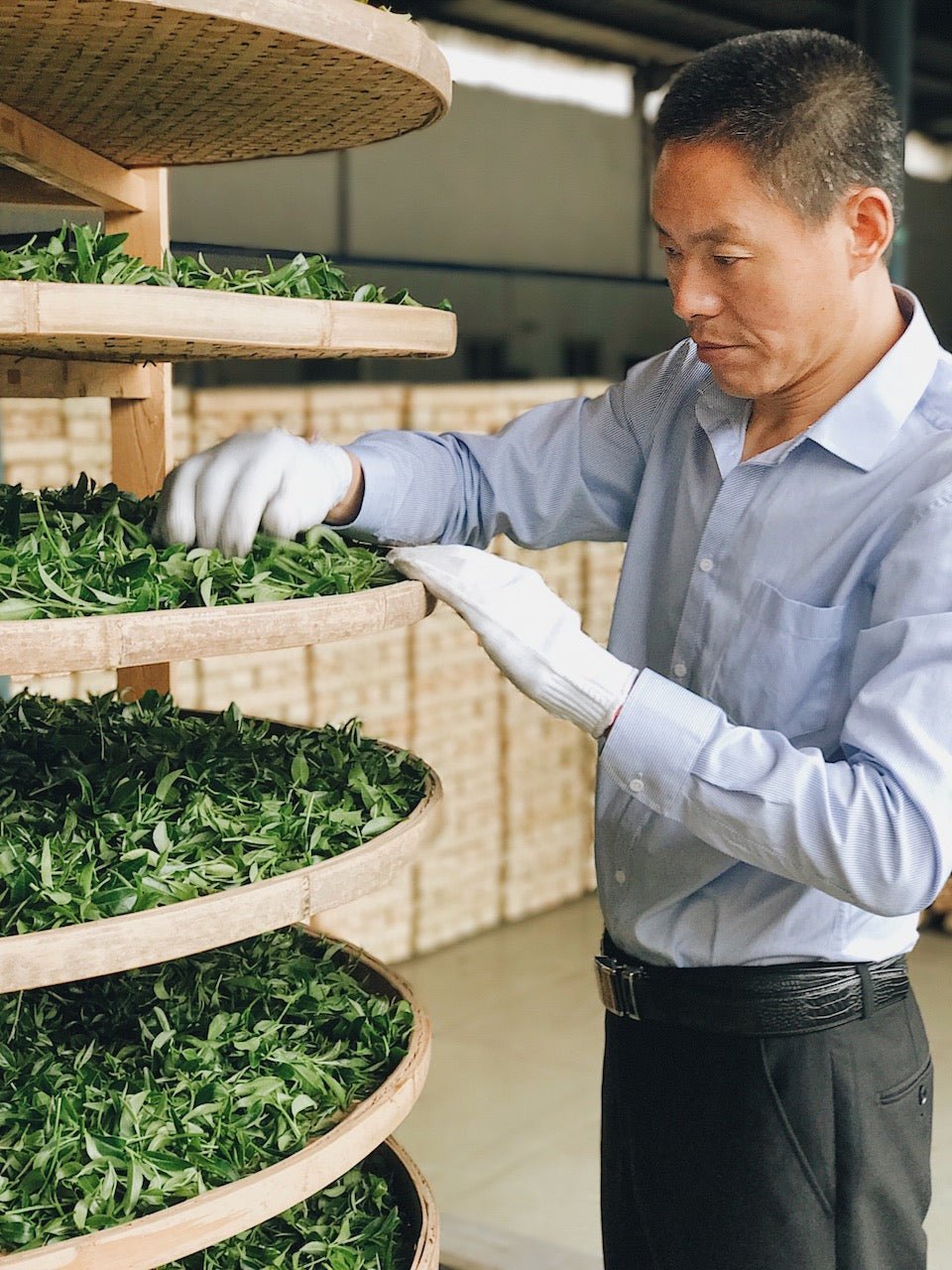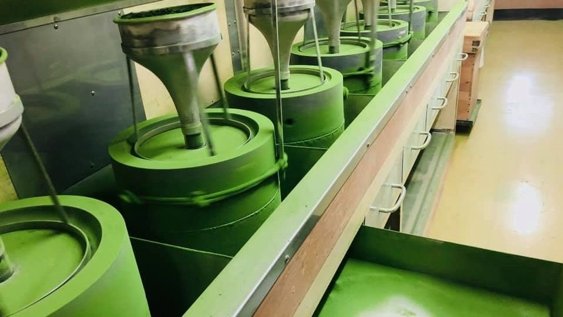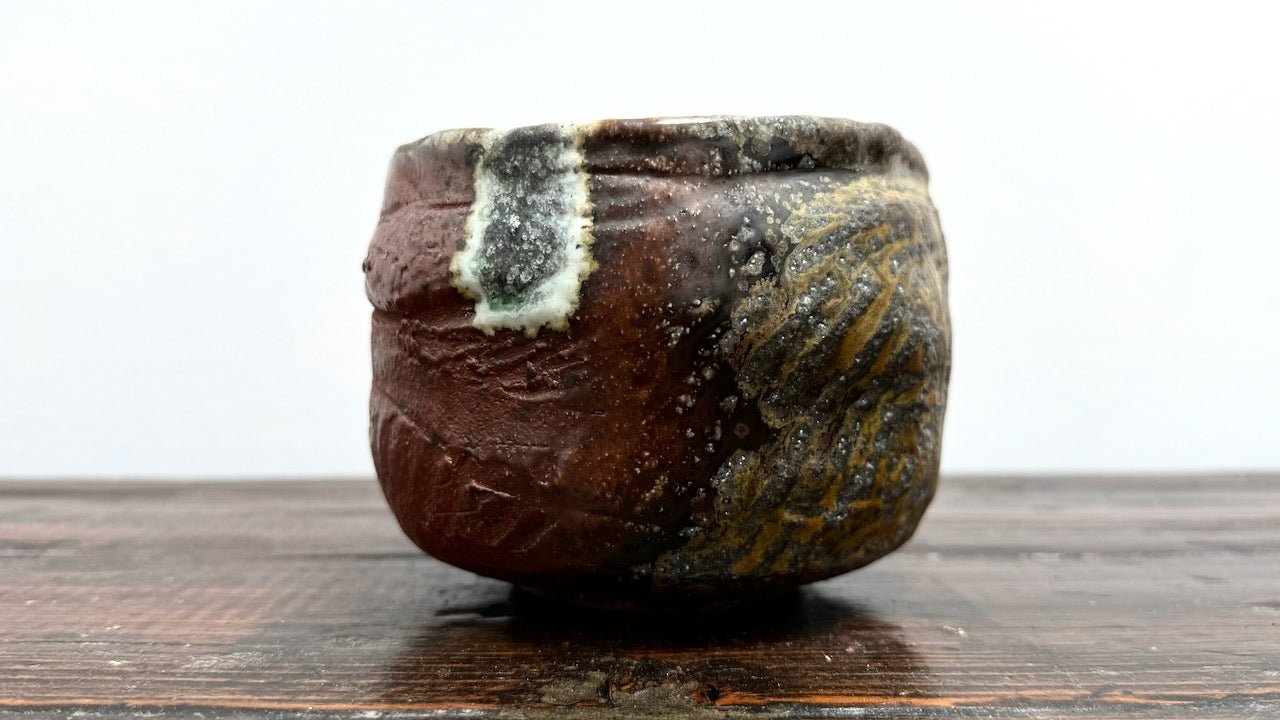BUTTER FOR TEA? DISCOVER TIBETAN DARK, BRICK TEA

Tea is an integral part of Tibetan culture; young and old consume tea (usually with butter and pinch of salt, oftentimes adding barley and in some cases with beef or yak jerky) all day, every day.

These 10kg 'bricks' contain tea that is traditionally brewed with butter and a pinch of salt.
You will find people adding to tea all over the lands populated by Tibetans and Mongolians. It is a most energizing drink that warms people's bellies and hearts.

History, in a nutshell:
Like many of Tibet’s cultural treasures, tea is related to Songtsen Gampo ( སྲོང་བཙན་སྒམ་པོ | 松贊干布). He was a 6th century king, credited with the unification of Tibet into an Empire, the introduction of Buddhism and the creation of the Tibetan script.
In 640 CE, Songtsen Gampo married Princess WenCheng (文成公主), niece of the Tang (Chinese) Emperor; this happy union brought peace to to the two nations… and tea to Tibet. This started a centuries long commercial relationship, where the Chinese supplied tea (farmed primarily in Yunnan, Sichuan and Hunan) in exchange for Tibetan horses.
Gan Yu Xiang (甘 玉 祥), Master Artisan and Keeper of the Tradition:
Teacher Gan makes Tibetan tea like his father, his grandfather and his great grandfather. He was born in 1963, a very difficult time in China’s history, when many people (including his family) lived in hunger; as a child, he helped the family pick tea as tradition dictates: in the hottest months of summer, using a sharp (fairly dangerous) knife to cut twigs and leaves. He spent long hours in the family tea factory, absorbing not only the aroma of piles of fermented leaves an open wood fires but also the knowledge of many artisans who crafted tea.


In 1985, having finished his military service, the last thing he wanted was to make more tea! His father smiled and gently agreed that Gan should pursue his own life. Gan chose to work in the province of Gansu, where many Tibetan people live. This allowed him to learn about about a completely different aspect of tea culture: yaks, open grasslands, and drinking traditional Tibetan tea with friends.
In 1992, Gan returned to his hometown with an open heart to pursue the family’s tea tradition; his father again smiled gently, as Gan would keep the family tradition alive.

Drink like the locals (or as close as possible):
- Simmer 5g tea in 500ml of water for about 10 minutes.
- Strain the tea and add ~2tsp of yak butter and ~100ml of yak milk. In places with no yaks, it is possible to use cow or goat milk / butter instead. Goat milk is a bit gamier, and perhaps gives a closer idea of tea in Tibet.
A West Coast Alternative:
In Cascadia, where we live, many love their BulletProof coffee. If you’re looking for a tasty keto-friendly, energy rich alternative, consider adding a teaspoon of ghee to a cup of hot Tibetan tea.
Try today!



Comments